
Side chair, Boston, Massachusetts, 1710–1720. Maple. H. 45 1/2", W. 18", D. 14 1/4". (Private collection; photo, Gavin Ashworth.)

François Boucher, The Luncheon, Paris, France, 1739. Oil on canvas. 32" x 25 1/2". (Courtesy, Louvre; photo, Erich Lessing/Art Resource, NY.)

Side chair, Boston, Massachusetts, 1710–1720. Maple. H. 45", W. 17 1/2", D. 14 1/2". (Private collection; photo, Gavin Ashworth.)

Thomas d’Urfey, The Curtain Lecture, London, England, ca. 1690. Etching on paper. 12 1/2" x 13". (Courtesy, Lewis Walpole Library, Yale University.) A cane chair is pushed against the wall in the background.

Detail of the right front leg and seat of a side chair, England, 1710–1720. Walnut. H. 44 5/8", W. 20 1/4", D. 21 1/2". (Courtesy, Wadsworth Atheneum Museum of Art, Wallace Nutting Collection, gift of J. P. Morgan.)
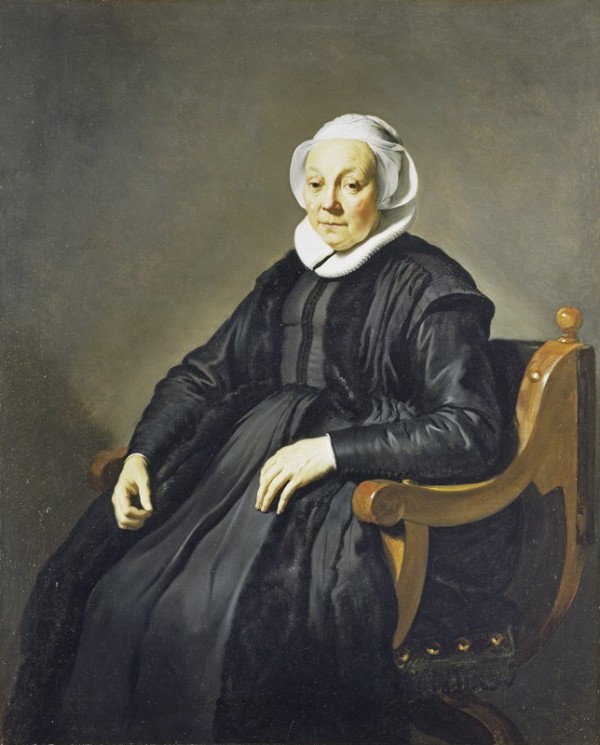
Portrait of an Elderly Woman, attributed to Jacob Backer, Holland, 1632. Oil on canvas. 50 3/8" x 39 1/8". (Courtesy, Trustees of the Wallace Collection, London; photo, Art Resource, NY.)

Side chair, Boston, Massachusetts, 1660–1690. Maple and oak. H. 37", W. 20 1/2", D. 17 1/2". (Courtesy, Metropolitan Museum of Art, gift of Mrs. J. Insley Blair; photo, Gavin Ashworth/Art Resource, NY.)

Thomas Smith, Self-Portrait, Massachusetts, 1680. Oil on canvas. 24 5/8" x 239/16". (Courtesy, Worcester Art Museum.)
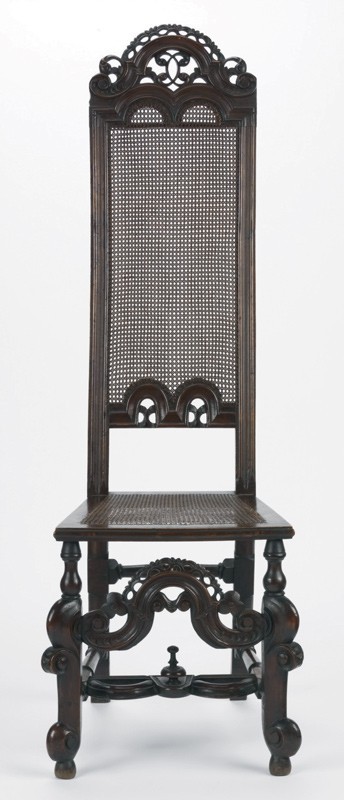
Side chair, London, England, 1705–1715. Walnut. H. 55 1/2", W. 18 7/8", D. 21 5/8". (Courtesy, V&A Images.)

Detail of The Tea-Table, England, 1710. Engraving on paper. 8 1/8" x 6 1/4". (Courtesy, Lewis Walpole Library, Yale University.)

William Hogarth, The Denunciation, London, England, 1729. Oil on canvas. 19 1/2" x 26". (Courtesy, National Gallery of Ireland, Dublin.)

Ruben Moulthrop, Portrait of an Unknown Man, New England, 1770–1790. Oil on canvas. Dimensions not recorded. (Courtesy, Winterthur Museum.)

Detail of the crest of a side chair, England, ca. 1670. (Courtesy, Philadelphia Museum of Art.)
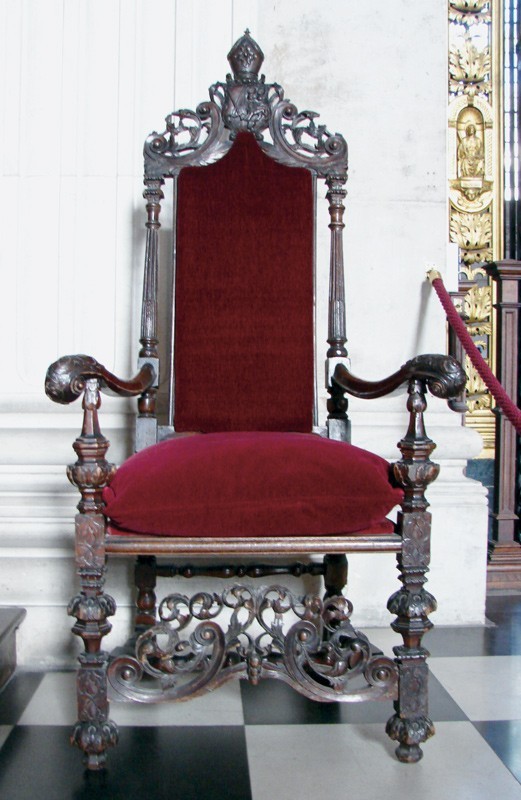
Armchair, London, England, 1709. Walnut. H. 66", W. 29 7/8", D. 26". (Courtesy, St. Paul’s Cathedral.) This chair originally had a caned seat and back.
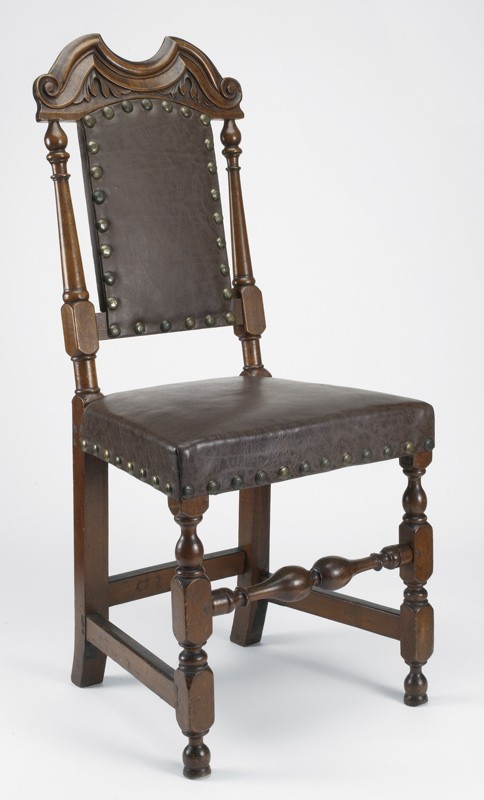
Side chair, Boston, Massachusetts, 1695–1705. Maple. H. 38 3/8", W. 17 3/4", D. 14 3/8". (Courtesy, Winterthur Museum.)

John Smibert, The Bermuda Group, Boston, Massachusetts, 1729. Oil on canvas. 69 1/2" x 93". (Courtesy, Yale University Art Gallery, gift of Isaac Lothrop; photo, Art Resource, NY.)
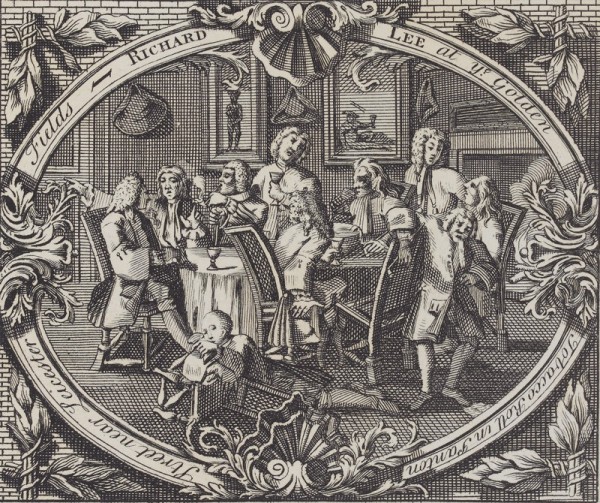
Trade Card for Richard Lee, after William Hogarth, London, England, 1733–1745. Etching on paper. 6 1/8" x 8 7/8". (Courtesy, Heal Collection, British Museum.)
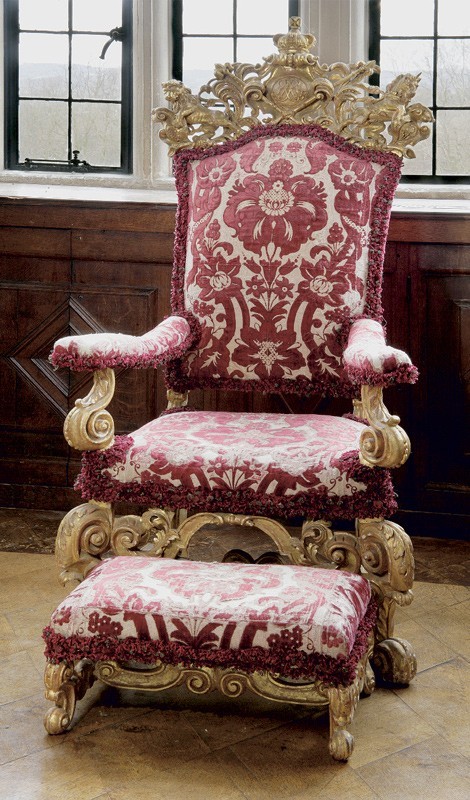
Thomas Roberts, coronation chair for Queen Anne, London, 1702. Carved beechwood and gilding, modern upholstery. H. 68 1/8", W. 34 3/8", D. 38 1/4". (Courtesy, Hatfield House.)
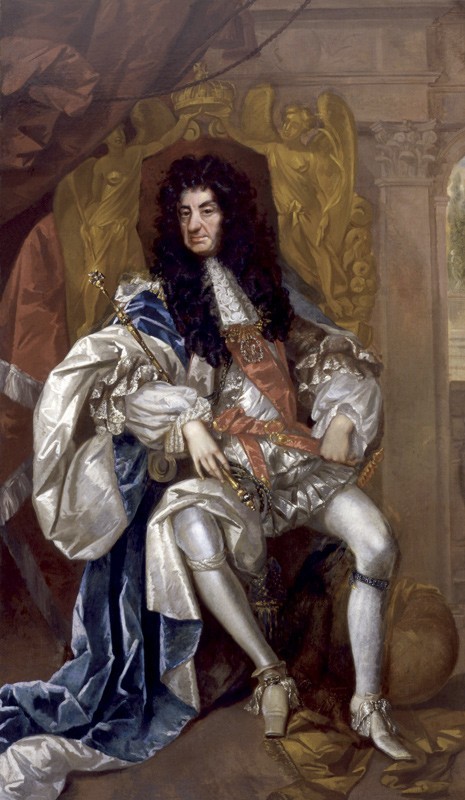
King Charles II, attributed to Thomas Hawker, England, ca. 1680. Oil on canvas. 89 1/4" x 53 3/8". (Courtesy, National Portrait Gallery, London.)
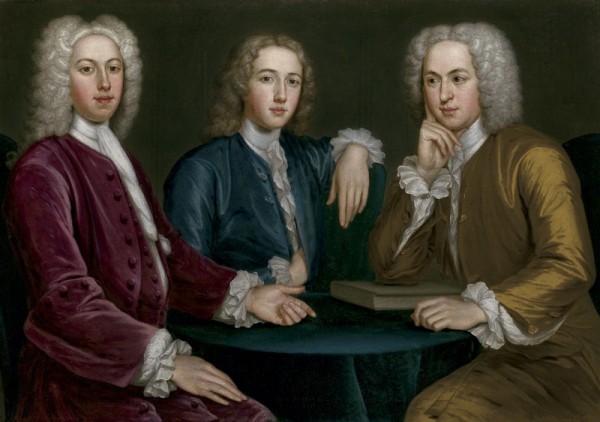
John Smibert, Daniel, Peter, and Andrew Oliver, Boston, Massachusetts, 1732. Oil on canvas. 39 1/4" x 56 7/8". (Courtesy, Museum of Fine Arts, Boston.)
